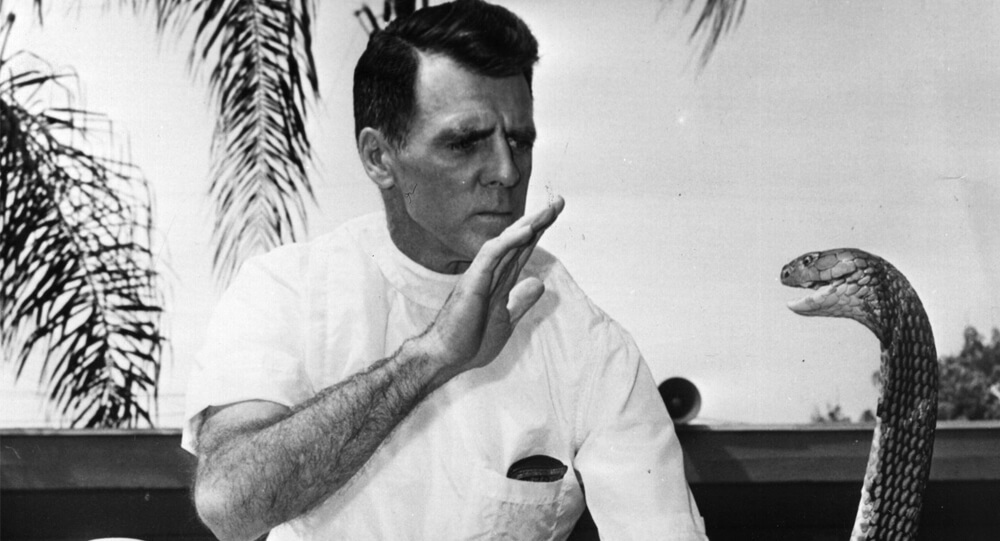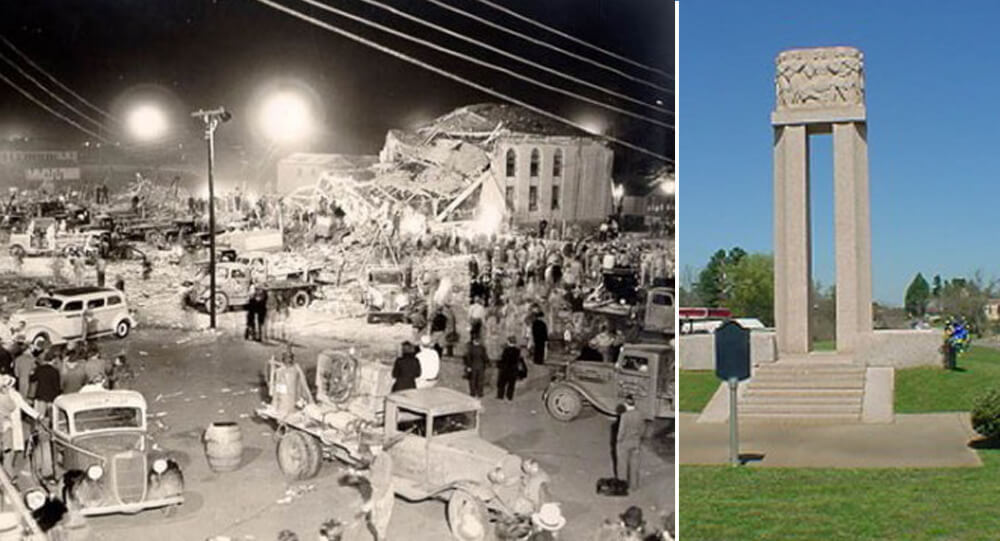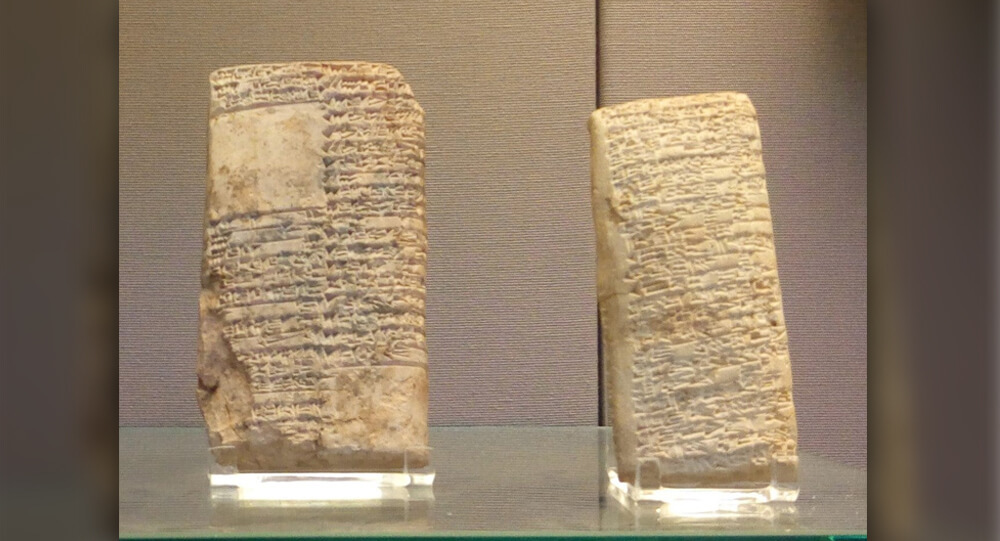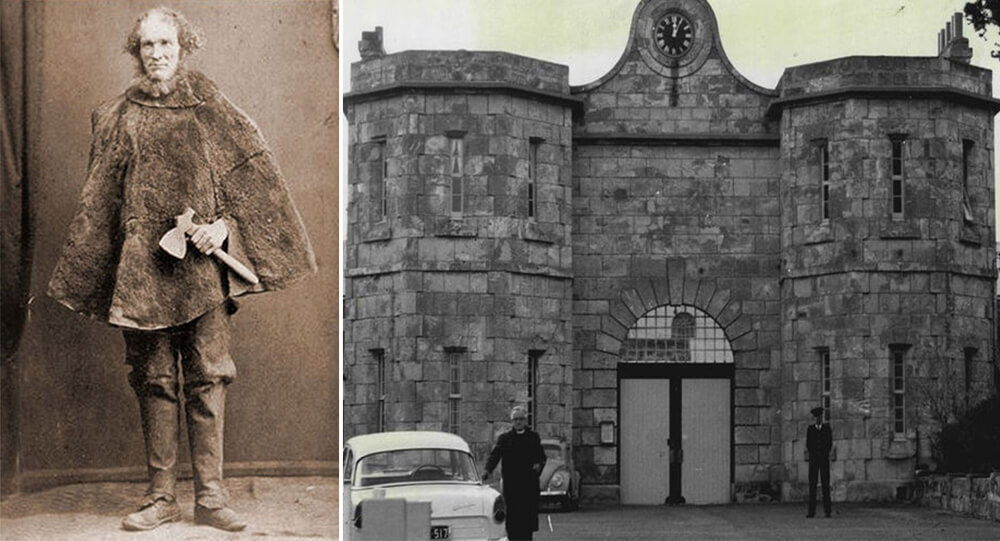

George Dantzig solved two famous “unsolved” problems in statistics mistakenly as assignment
The fields of mathematics and statistics are frequently rife with puzzling issues that need to be resolved. Two such issues arose in the middle of the 20th century: one in maximum likelihood estimation and the other in linear programming. Nobody anticipated that a young graduate student named George Dantzig would accidentally discover the answers to these supposedly intractable puzzles. Dantzig mistook these issues for simple assignments, which is what makes this story so remarkable. He not only overcame these difficulties thanks to a lucky break, but he also completely changed operations research and statistics. Join us as we delve into the tale of George Dantzig’s accidental triumph, exploring the nature of the problems, the circumstances of his discovery, and the lasting impact of his contributions to mathematics and statistics.
The Story of George Dantzig and His Remarkable Achievement
Mathematician and economist George Dantzig possessed a remarkable talent for finding solutions to challenging issues. Dantzig, who was born in 1914, got his start in mathematics at a young age. He was quickly recognized for his exceptional talent in the academic community, which inspired him to pursue a PhD in mathematics at the University of California, Berkeley.
There were two issues in the field of statistics that had baffled and confounded mathematicians for a long time. The first issue involved linear programming, a method for allocating scarce resources as efficiently as possible. In the second issue, also referred to as the shortest path problem, the goal was to identify the most effective path between any two points in a network. These issues remained unsolved despite the best efforts of renowned mathematicians, leaving an unfulfilled curiosity in the field.
The Case of the Two Unsolved Statistical Problems
Statistics’ unsolved issues weren’t easy to solve. They needed creative problem solving, intricate algorithms, and a solid foundation in mathematical theory. Numerous methods had been tried by mathematicians, but no conclusive answer could be found. These puzzles were true tests of mathematical prowess because they required both creativity and technical skill.
Statistics as a field has been significantly impacted by the unanswered questions. They hindered advancement in related fields and represented knowledge gaps. The inability to solve these puzzles hindered developments in a number of fields, including resource optimization, network planning, and other areas that relied on these fundamental ideas. With each passing year, the burden of these unanswered questions increased, making mathematicians impatient for a solution.
Mistakenly as Assignment: How Dantzig Stumbled upon the Solutions
The greatest discoveries occasionally occur by chance. In George Dantzig’s case, an unexpected turn of events led him to the answers to these infamous unsolved puzzles. He had no idea that a straightforward error would result in a game-changing statistical discovery.
Dantzig was late for a statistics class at the University of California, Berkeley in the year 1939. He diligently completed the problems listed on the board for homework without realizing they were examples of unsolved problems. Dantzig didn’t comprehend the gravity of his error until several days later. But instead of feeling embarrassed, he saw a chance to show off his problem-solving abilities.
The First Problem: Linear Programming and the Simplex Method
Dantzig’s unintentional solution to the first issue involved linear programming. In linear programming, a linear objective function is optimized while a set of linear constraints are met. This method is used in a variety of industries, including manufacturing, logistics, and financial planning.
The invention of the simplex method made it possible for Dantzig to solve the linear programming issue. The simplex method is an algorithm that methodically investigates workable solutions in search of the best one. This ground-breaking approach transformed the
And with that, two infamous unsolved problems were resolved as a result of George Dantzig’s erroneous approach to his statistics homework. His remarkable achievement not only showcased his brilliance but also reminded the scientific community that sometimes, a fresh perspective and touch of accidental discovery can unlock the secrets of longstanding puzzles.
Application and Significance of the Solution: Transforming Operations Research
Brilliant mathematician George Dantzig unknowingly released a ground-breaking solution that revolutionized the field of operations research. His method for resolving linear programming issues has been widely used in a variety of fields, including manufacturing, finance, transportation, and even routine decision-making. Dantzig’s solution is still useful across many industries, helping to maximize profits and optimize supply chains.
Dantzig’s unintended victory not only resolved a critical statistical issue but also completely transformed the field of operations research. His algorithm paved the way for additional developments and provided researchers with the confidence they needed to take on challenging optimization problems. It is impossible to overstate the significance of his contributions to operations research, which have helped businesses and organizations make better decisions, increase productivity, and ultimately achieve their objectives more successfully.
The Second Problem: The Riddle of Maximum Likelihood Estimation
Let’s examine the second well-known issue George Dantzig unknowingly resolved, maximum likelihood estimation (MLE), just when you thought his unintentional success couldn’t possibly be any more astounding. The MLE statistical method is used to determine which statistical model’s parameters best fit the observed data. The name refers to the process of determining the values that maximize the probability that the observed data will occur.
In statistics, resolving the maximum likelihood estimation problem is crucial. It enables researchers to calculate unknown parameters, generate accurate forecasts, and derive significant findings from data. Numerous disciplines, including biology, economics, engineering, and social sciences, use MLE extensively. Dantzig’s unintentional solution to this issue gave researchers a strong tool for deriving insightful conclusions from data and developing statistics.
Impact and Legacy: Dantzig’s Contributions to Statistics and Mathematics
It was widely publicized when George Dantzig accidentally solved two well-known “unsolved” statistical puzzles. The significance of his accomplishments was made clear once his mistakes were found, which led to broad acclaim and validation from the academic community. Throughout his career, he was given a great deal of recognition, including the National Medal of Science and election to the National Academy of Sciences. The recognition of Dantzig’s contributions cemented his standing in the history of mathematics and statistics.
The statistics and mathematical communities are still feeling the effects of George Dantzig’s unintentional solutions. His algorithms have established themselves as essential resources in these disciplines, giving academics and professionals strong tools for handling optimization and estimation issues. Dantzig’s work has inspired countless individuals to pursue careers in mathematics and statistics, reminding us of the lasting impact one person’s accidental triumph can have on an entire discipline.

What exactly was the US's 'Ghost Army' during WWII?
During WW2, there was a special unit of men dubbed the ‘Ghost Army’. The unit was made of artists, creative and engineers and their job was to create deception about the enemy. From inflatable tanks to phony convoys to scripted conversations in bars intended to spread disinformation, they used all possible tricks to fool the enemy.

The story of Bill Haast, who lived to be 100 despite his extensive snake venom injections
Bill Haast immunized himself by injecting snake venom into his blood for several years. He holds the Guinness World Record for surviving the most lethal snake bites, having been bitten over 172 times. Bill became known as "Snake Man" around the world and lived for over 100 years.

Mother who spent entire life savings for daughter’s cancer treatment won the lottery
A mother won $2 million from a $10 scratch-off lottery ticket after she spent all of her entire life savings to pay her daughter’s cancer treatment. She bought the winning ticket after her daughter’s last cancer treatment.

The Arabia Steamboat: Unearthing a 19th Century Time Capsule from the Missouri River
The Arabia was a steamboat that sank in the Missouri River in 1856. Over time, the river shifted 800 meters to the east, eventually turning the site of the sinking into a field. The steamboat remained under 45 feet of slit and topsoil until 1988, when it was excavated. The mud, as it turned out, was such a great preserver that most of the artifacts on board were found to be intact. They even found jars of preserved apples that were still edible!

Top 10 most cruel medical procedures that are being used today
We are all aware that medicine has advanced dramatically over the last fifty years. There are several modern medical approaches available today, but this was not always the case. However, the past of medicine is a dark one. Medical leeches, lobotomy, vascular surgery, cranial stenosis, and even electroshock therapy are all options. These are only a couple of the cruel healing techniques that are still in use today.

Xin Zhui And The Story Of The Stunningly Intact Lady Dai Mummy
A 2,000-year-old mummy of a Chinese woman, Xin Zhui, also known as “Lady Dai,” was preserved in 21 gallons of an “unknown liquid.” With her original hair, organs, eyebrows, and eyelashes intact, the mummy still has blood in her veins. Her skin and ligaments are soft and as flexible as that of a living person.

The 1814 London beer flood
In 1814, there was a beer flood in London when a tank containing more than 300,000 gallons ruptured in which 8 people drowned.

New London School Explosion, Deadliest school disaster which killed almost 300 children and teachers
In 1937, a gas leak in the basement at the local school in New London, Texas caused a massive explosion which killed almost 300 children and teachers, the deadliest school disaster in US history. Adolf Hitler even sent his condolences by telegram.

Ea-Nasir: world's oldest written customer complaint
This clay tablet, written in cuneiform, is the oldest known written customer complaint about the delivery of poor quality copper ingots. Originally from ancient Babylon, the tablet dates back to 1750 BCE, and it was written by a customer named Nanni to a merchant named Ea-Nasir. It is currently housed in the British Museum.

History of Treadmill, punishment for prisoners
Treadmills were originally a punishment used to harness human power on a giant wheel used to grind grains, hence the name "treadmill." The History of Treadmill

Moondyne Joe: The story of Australia's most notorious prison escapee
A man named Joseph Bolitho Johns (A.K.A Moondyne Joe) broke out of Australian prisons so many times that the police were compelled to build a special cell just for him. He escaped from that as well.

Medals of Friendship: The Enduring Olympic Story of 1936
At the 1936 Summer Olympics, two Japanese pole vaulters named Sueo Oe and Shuhei Nishida tied for second, but they declined to compete against each other. As a result, Nishida was awarded the silver medal and Oe won a bronze medal. Upon returning to Japan, the athletes had their medals cut in half and spliced together to create new "friendship medals," which were half silver and half bronze.

Jack the Baboon operated a railroad, earned a living, and never made a mistake
A baboon worked as a signalman for the railroad in the late 1800s. He never made a mistake and worked for the railroad until the day he died.

Will & William Wests: The puzzling situation of two inmates who are identical but not related
These are the mugshots of Will West and William West, and they are not related. They were both sent to Leavenworth Prison at the same time, in 1903, and after some confusion, the staff understood they had two different prisoners with the nearly same name, who looked exactly alike. They are part of the reason fingerprints are now used as identification.

Poto And Cabengo: The Secret Language Of Twins
Poto and Cabengo, as the two girls called each other, communicated in their own language. The twins were ignored by their parents and secluded from the outside world because their father felt they were developmentally retarded, and their unique language evolved as a result of that neglect.

Vince Coleman, a railway dispatcher, sacrificed his own life
Vince Coleman, a railway dispatcher, sacrificed his life in order to warn an incoming train of an imminent explosion. His telegraph said “Hold up the train. Ammunition ship afire in harbor making for Pier 6 and will explode. Guess this will be my last message. Good-bye, boys.” He saved 300 lives.

Reason Behind The Suicide Of Christine Chubbuck Live On Air
Actor Rebecca Hall had serious reservations about tackling the macabre story around why Chubbuck killed herself in 1974. So what changed her mind?

The day Iceland's women went on strike
Icelandic women went on strike for equal rights on October 24, 1975. 90% of women walked out of their jobs and homes, effectively shutting down the entire country. The men were struggling to keep up. The following year, Parliament passed a law requiring equal pay. Iceland elected the world's first female President five years later. Iceland now has the highest gender equality rate in the world.

What is the story behind Wrigley chewing gum?
Wrigley's was originally a soap company that gifted baking powder with their soap. The baking powder became more popular than the soap so they switched to selling baking powder with chewing gum as a gift. The gum became more popular than the baking powder so the company switched to selling gum.

Mario Segale, Developer Who Inspired Nintendo to Name Super Mario
Super Mario is named after real-life businessman Mario Segale, who was renting out a warehouse to Nintendo. After Nintendo fell far behind on rent, Segale did not evict them but gave them a second chance to come up with the money. Nintendo succeeded and named their main character after him.

Iranian inmate dies from happiness after finding out he will not be executed
An Iranian man who was convicted of murder reportedly died from happiness after learning that his death sentence was being commuted.

Blanche Monnier: Imprisoned For 25 Years For Falling in Love
Blanche Monnier, she was a French woman noted for her beauty, she wished to marry an old lawyer that her mother disapproved of, so she locked her in a small dark room in her attic for 25 years.

How European Rabbits Took over Australia
In 1859, wealthy settler Thomas Austin released 13 wild rabbits on his Australian estate. By 1920, their population grew to 10 billion.

15 interesting facts about Queen Elizabeth II
Queen Elizabeth II, who ruled Britain for 70 years, has away at the age of 96. She was the country's longest-reigning monarch. Here are some little-known facts about her.

The Bizarre (And Magical) Duel Between Chung Ling Soo And Ching Ling Foo
Ching Ling Foo and Chung Ling Soo were two magicians from the early 20th century who were bitter rivals. While Ching Ling Foo was genuinely Chinese, Chung Ling Soo was actually a New Yorker named William Robinson.


























